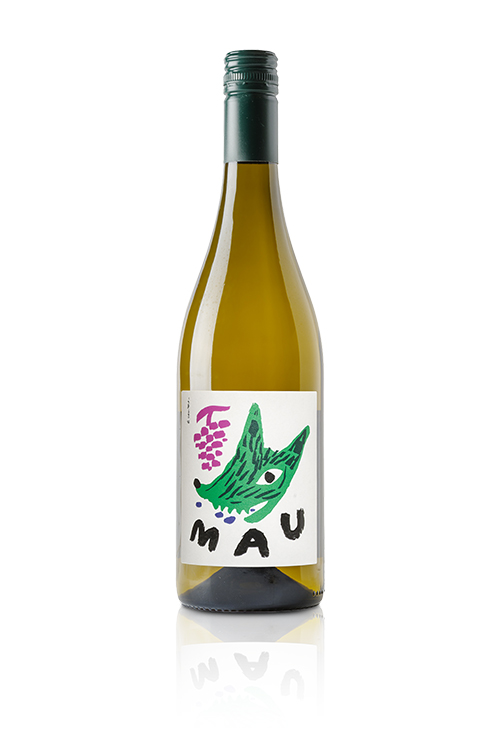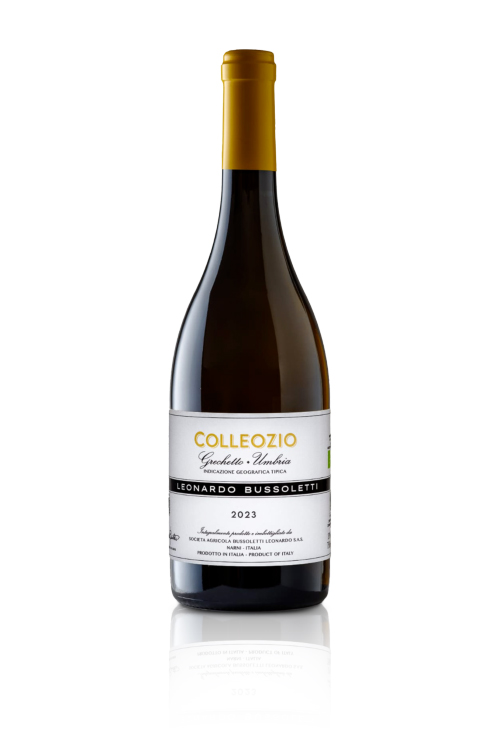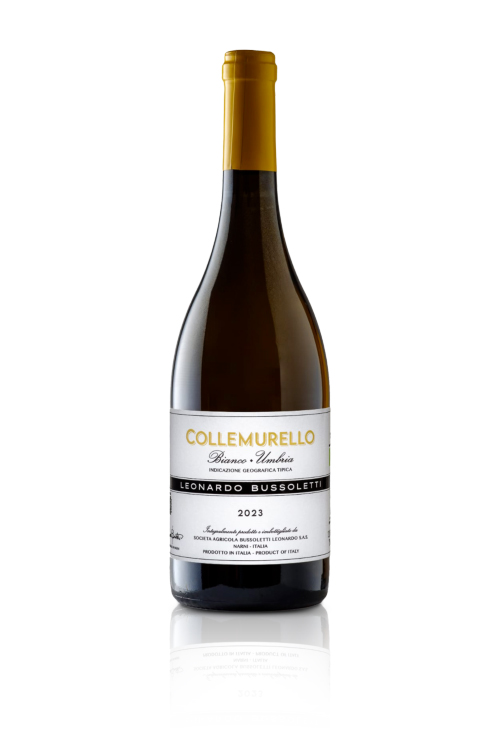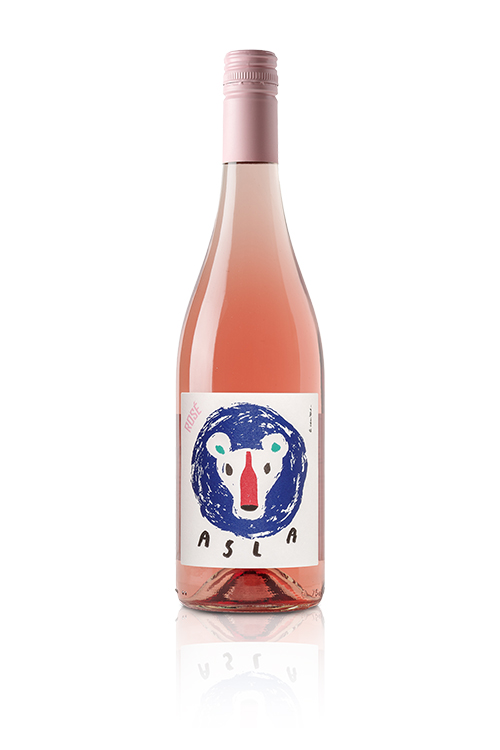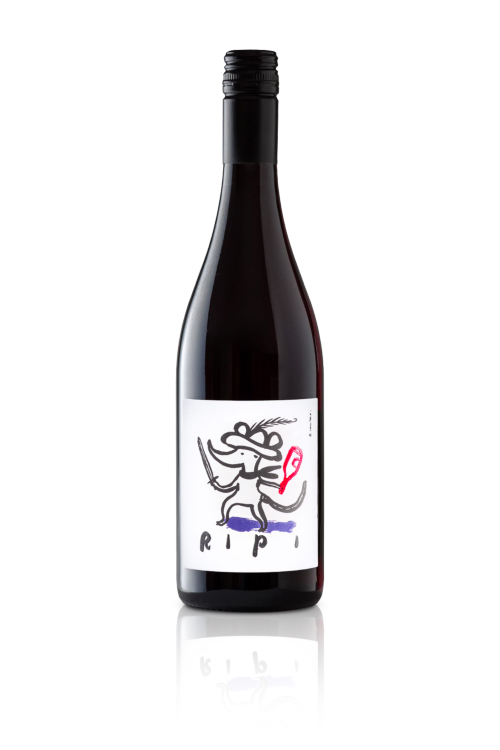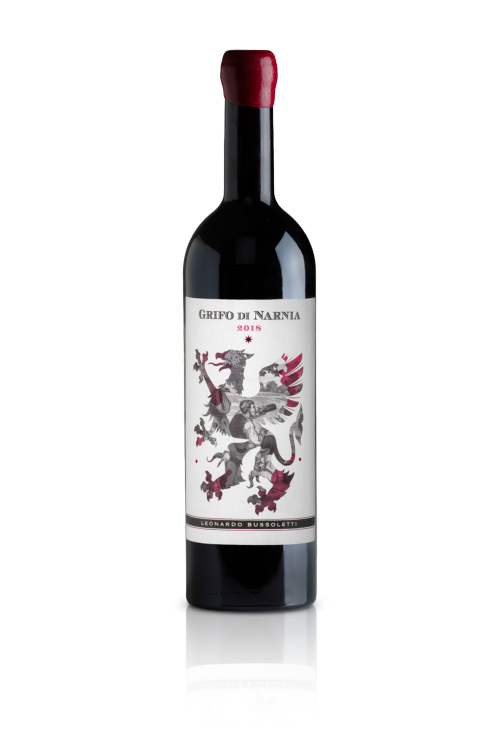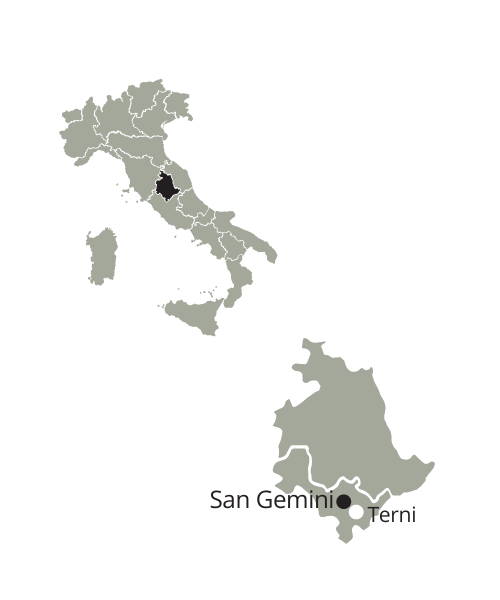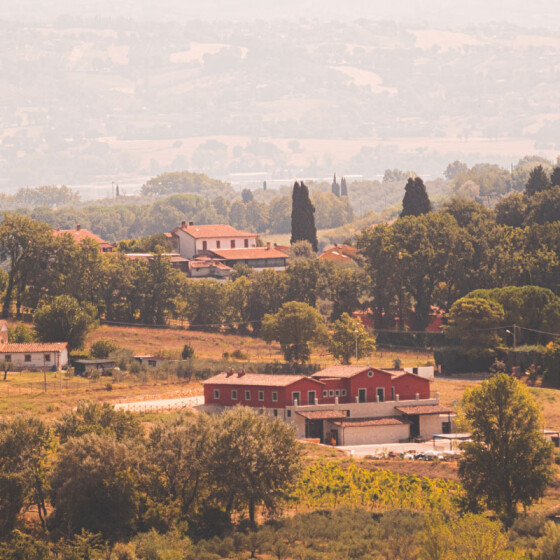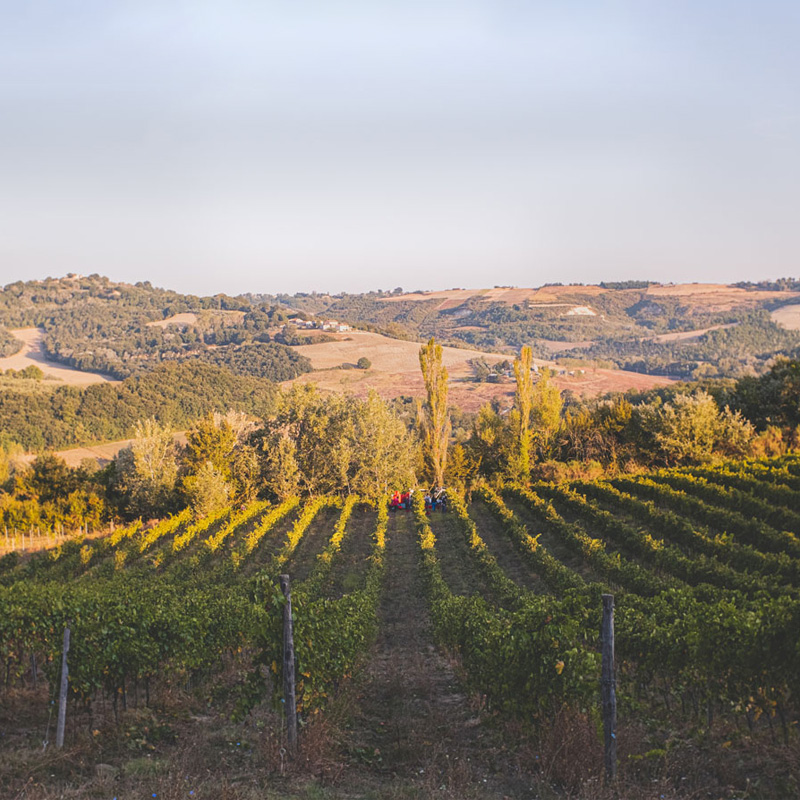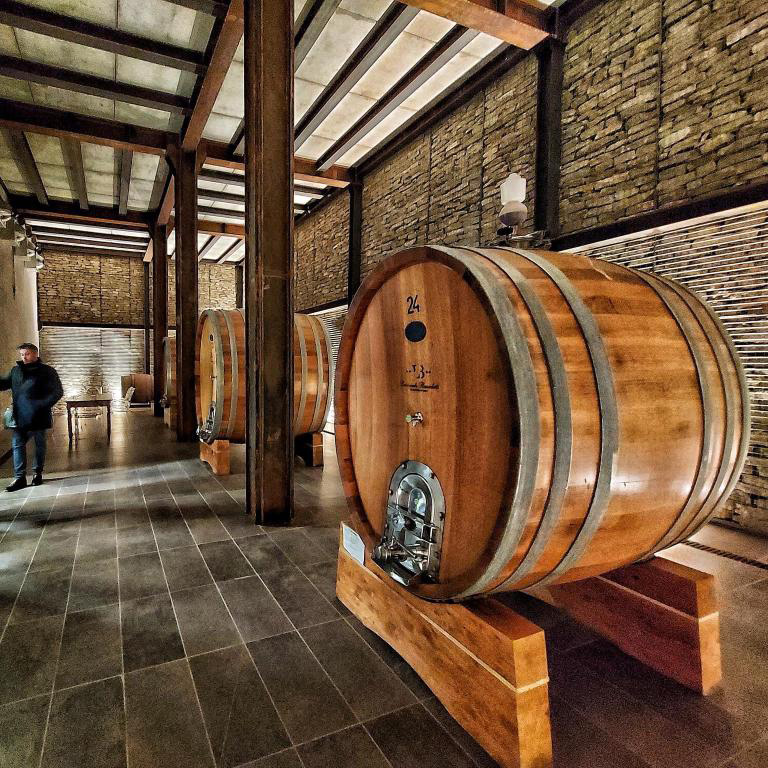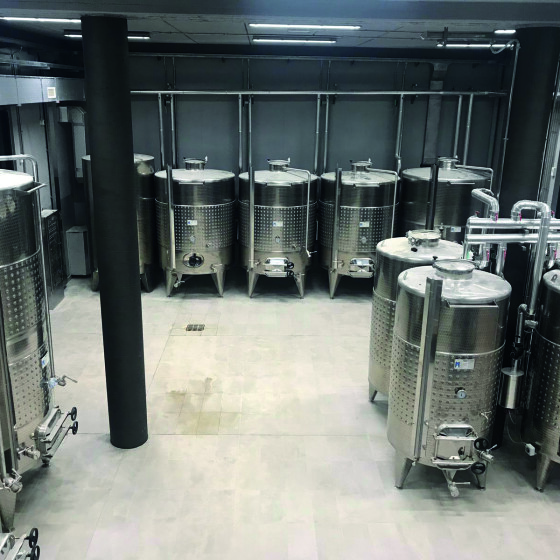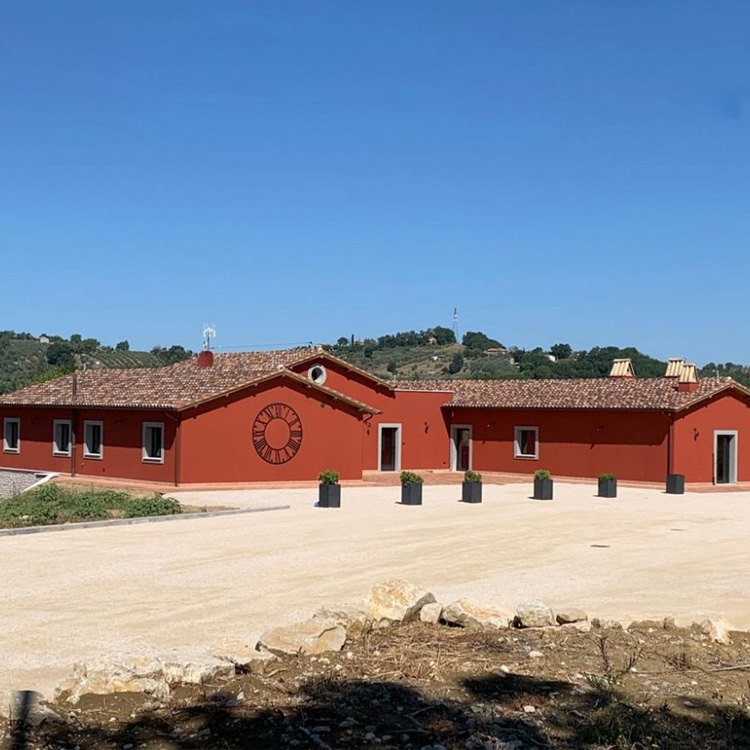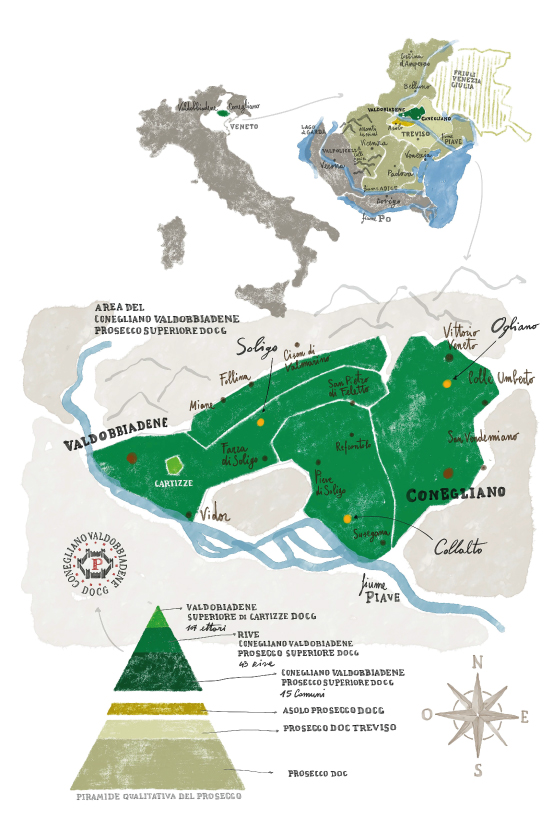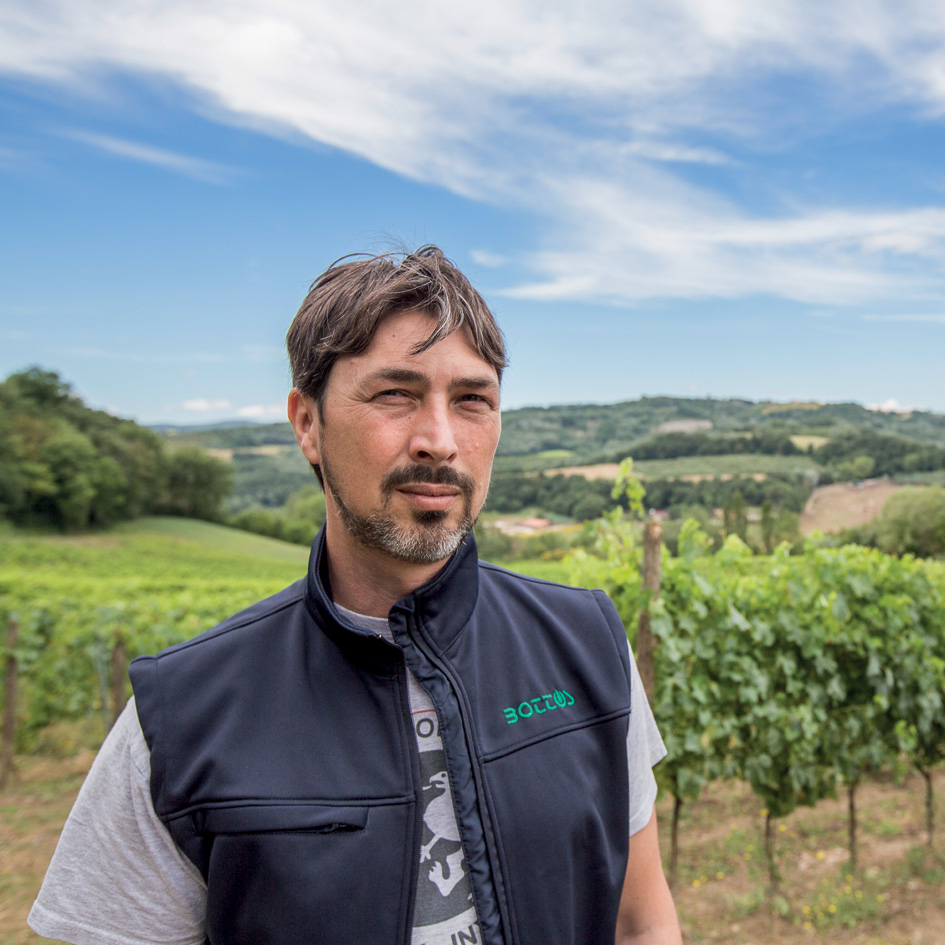

THE COMPANY
Leonardo Bussoletti is a man, capable of making his dreams a reality. After spending the first few years as a wine salesman, he decided to make the leap and to become a winemaker. Examples of this professional path are not unusual in Italy and worldwide, but in the case of Leonardo, this choice was related to the Ciliegiolo and its production area. With the help of Federico Curtaz, he began his adventure as vigneron in 2008 and now, after only ten years, his wines are among the most representative of the terroir of Umbria. The new cellar in San Gemini now vinifies the grapes from Bussoletti’s vineyards in Narni, San Gemini, Penna in Teverina and Alviano (in the province of Terni, where Igt Narni is produced). With the arrival of Francesco Bordini, Leonardo deeply explored the world of organic winemaking, interpreting Ciliegiolo, Grechetto and Trebbiano, in different ways and confirming himself as a rising star in the viticulture of Umbra.

